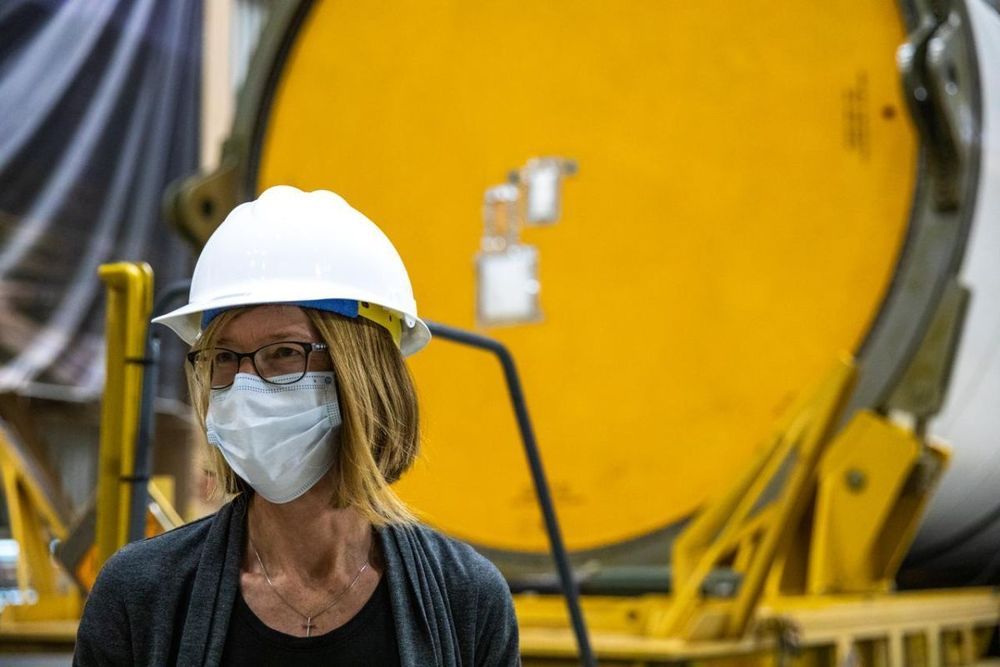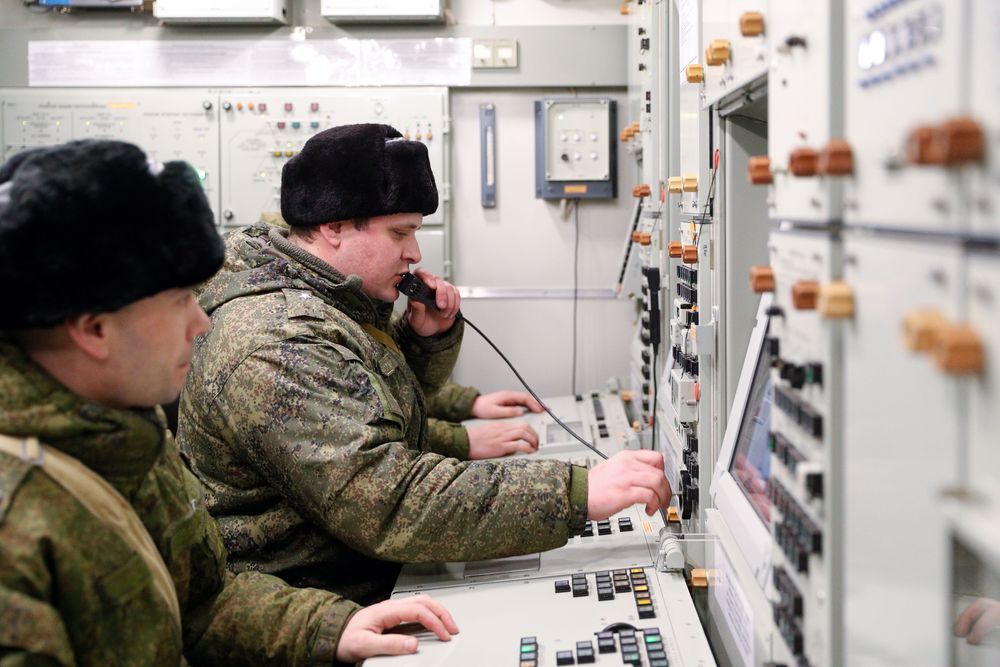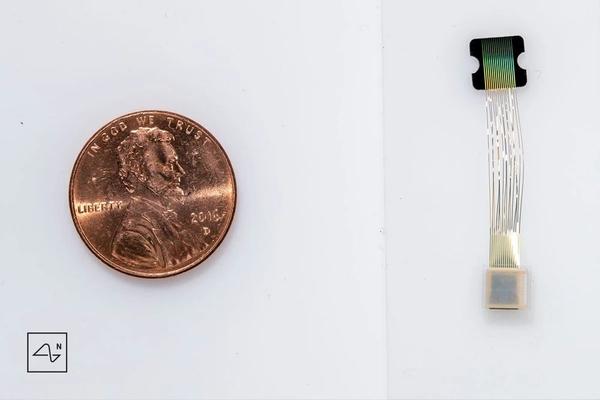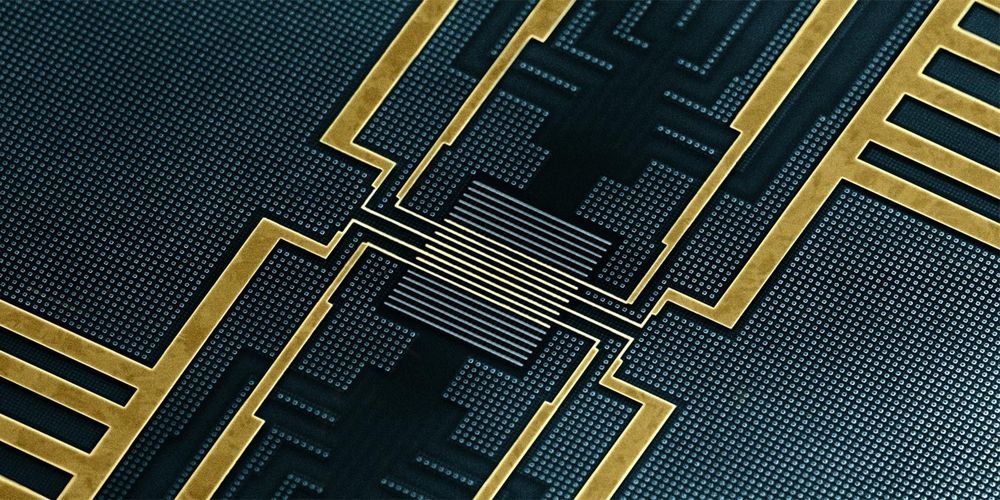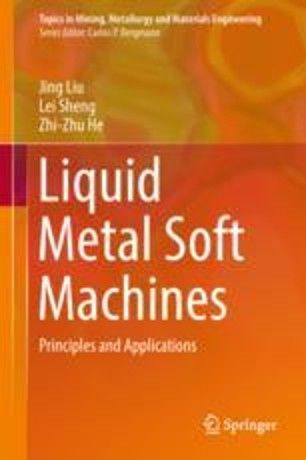
Synthetic self-fuelled motors, which can spontaneously convert chemical energy into mechanical activity to induce autonomous locomotion, are excellent candidates for making self-powered machines, detectors/sensors, and novel robots. The present lab (Zhang et al. in Adv Mater 27:2648–2655, 2004 [1]). discovered an extraordinary self-propulsion mechanism of synthetic motors based on liquid metal objects. Such motors could swim in a circular Petri dish or different structured channels containing aqueous solution with a pretty high velocity on the order of centimeters per second, and surprisingly long lifetime lasting for more than one hour without any assistance of external energy. The soft material liquid metal enables the motors to self-deform, which makes them highly adaptable for accomplishing tough missions in special environment. Interestingly, the motors work just like biomimetic mollusk since they closely resemble the nature by “eating” aluminum as “food”, and can change shape by closely conforming to the geometrical space it voyages in. From practical aspect, one can thus develop a self-powered pump based on the actuation of the liquid metal enabled motor. Further, such pump can also be conceived to work as a cooler. Apart from different geometrical channels, several dominating factors, including the volume of the motor, the amount of aluminum, the property of the solution and the material of the substrate etc., have been disclosed to influence the performance of the autonomous locomotion evidently. This artificial mollusk system suggests an exciting platform for molding the liquid metal science to fundamentally advance the field of self-driven soft machine design, microfluidic systems, and eventually lead to the envisioned dynamically reconfigurable intelligent soft robots in the near future. In this chapter, the typical behaviors and fundamental phenomena of the self fuelled transformable liquid metal machines were illustrated.


